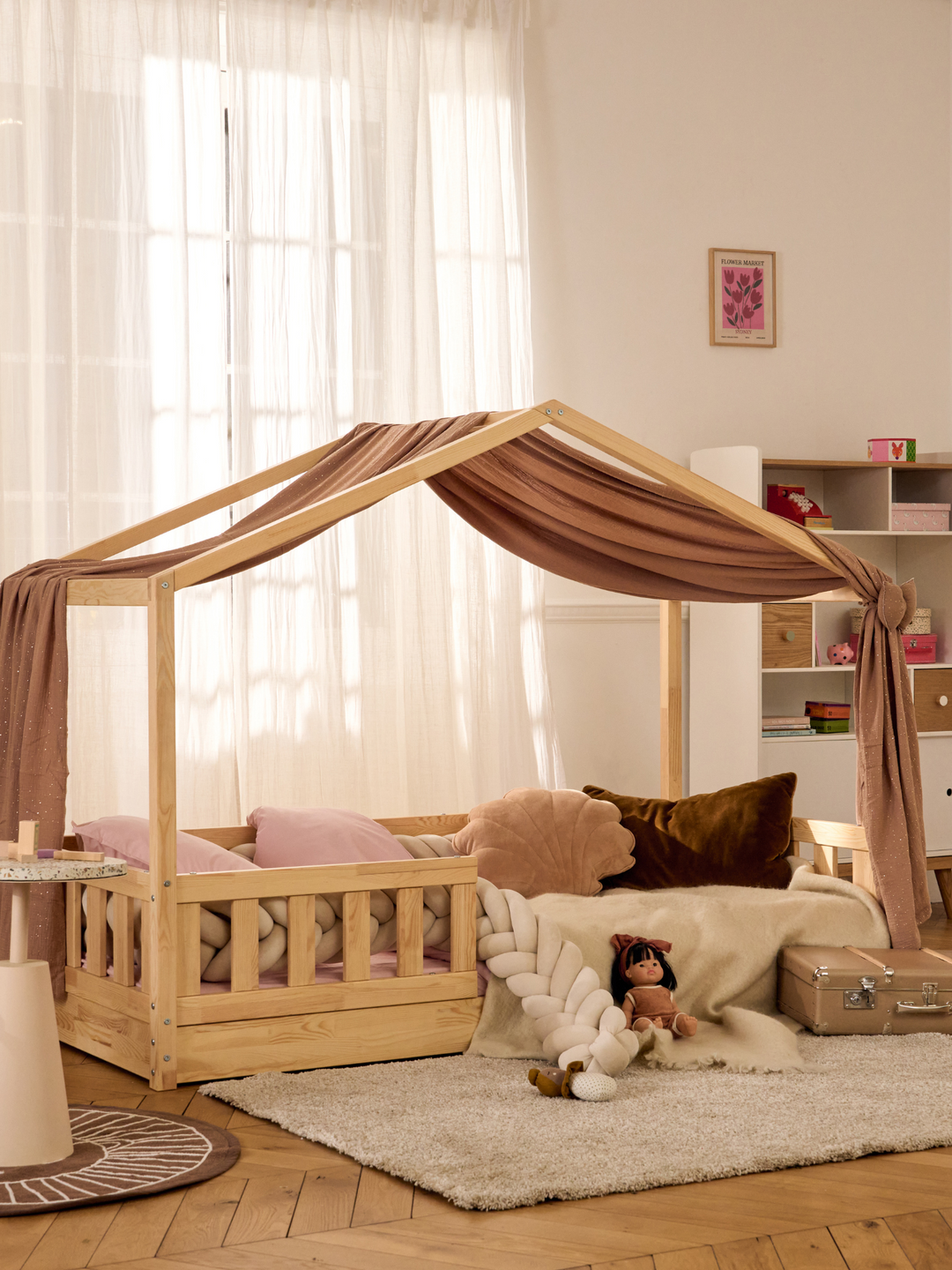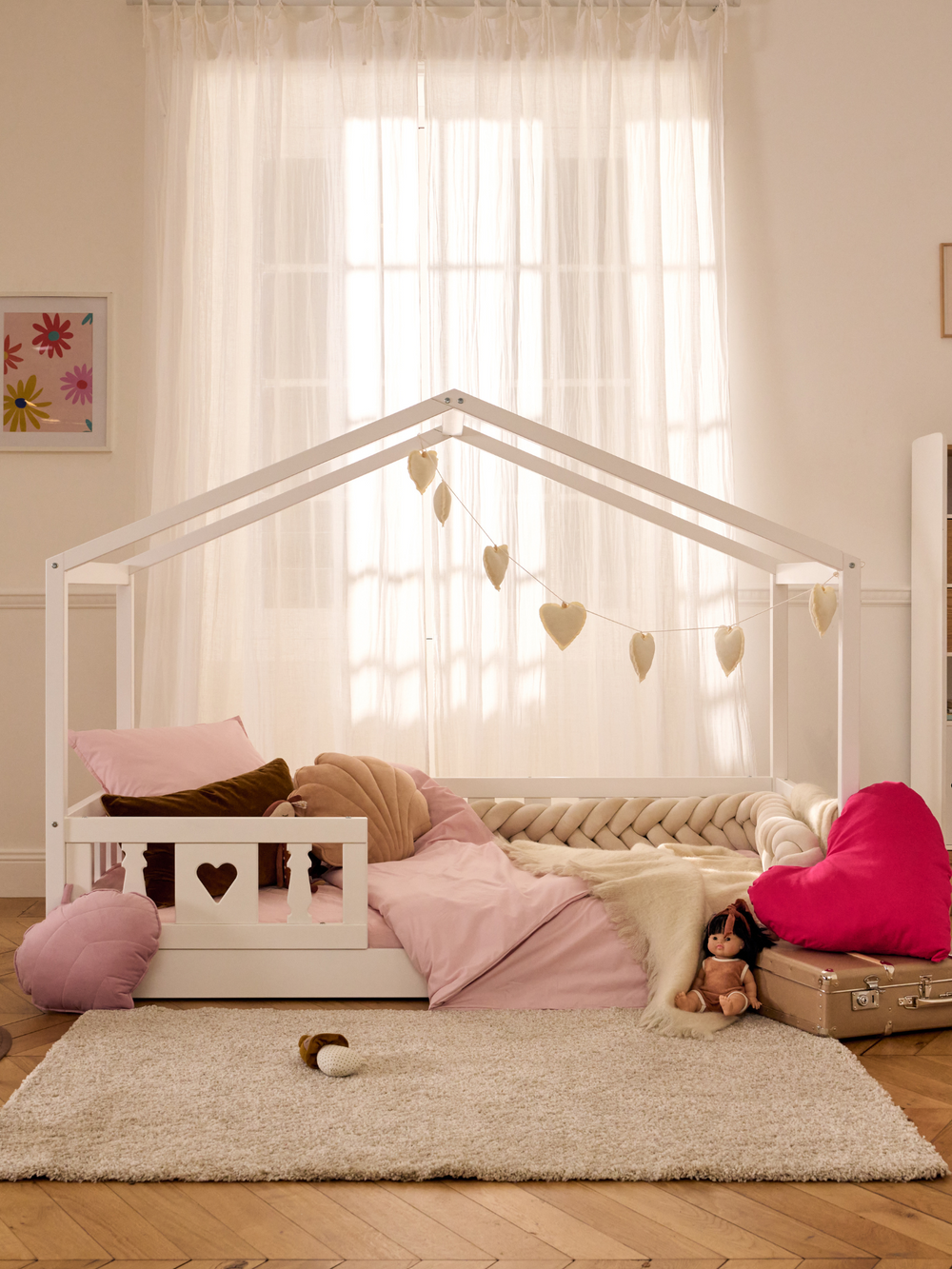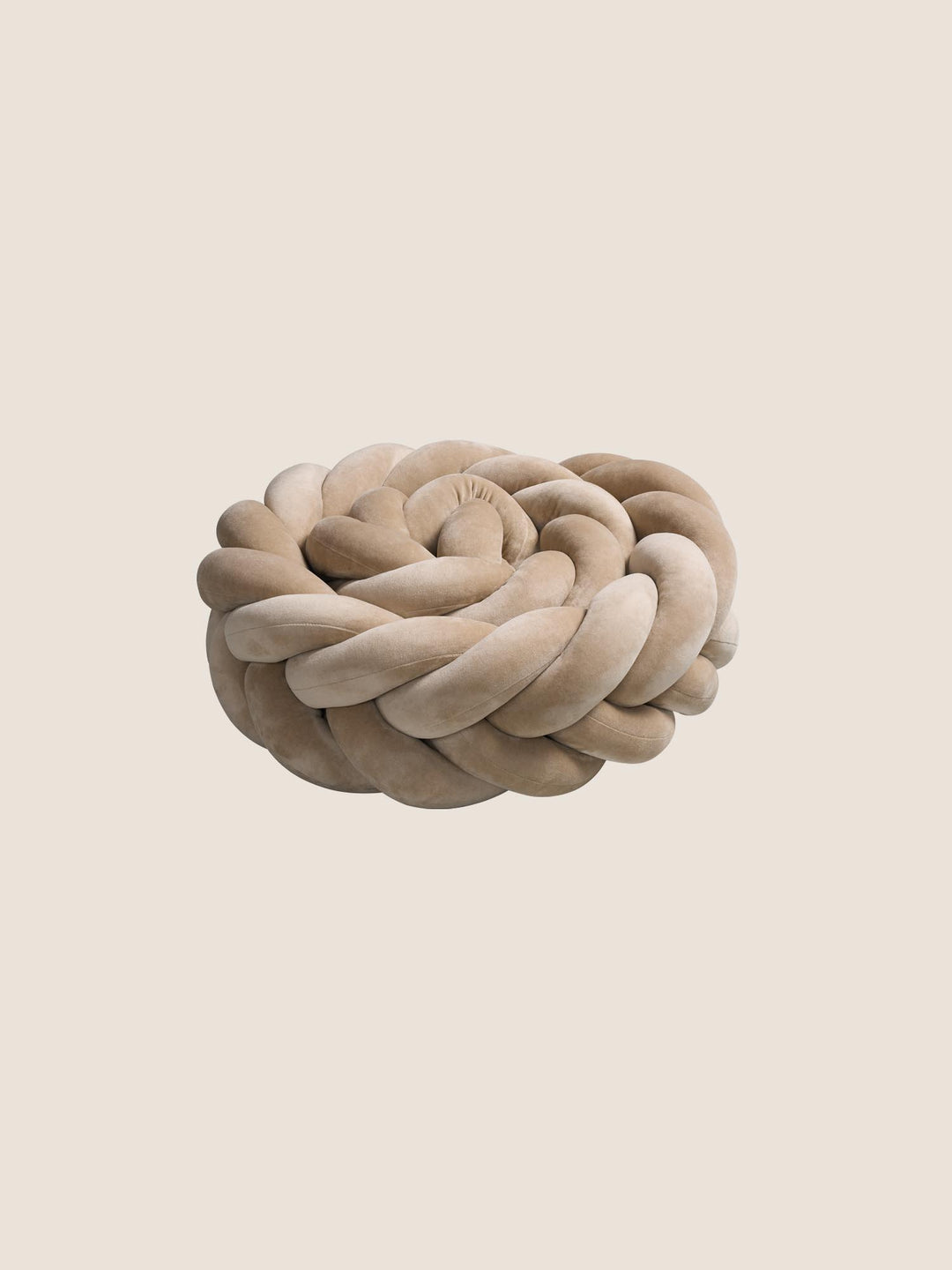Have you ever taken the time to think about the layout of your child's cosy nest? A cot comforter is more than just an accessory: it's a nightly companion that watches over your little ones' sleep. But did you know that the weight of this comforter is an essential criterion for ensuring their comfort and well-being? We'll delve into the tender world of children's cabin bed comforters, unraveling the specifics of their design and understanding why children's needs are not to be taken lightly. We'll then look at how the weight of the comforter can positively or negatively influence the quality of a child's sleep, before guiding you through the essential criteria that will help you choose the ideal comforter. Finally, we'll share some tips on how to care for your child's duvet, ensuring a secure cocoon for sweet dreams. This guide will help you make the right choice; will you dare to browse it to ensure the well-being of your little ones?





